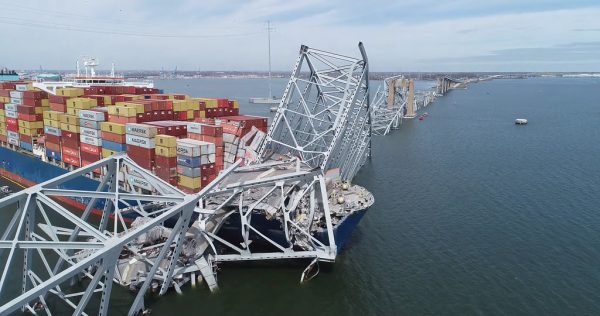Reyna: The importance of skilled trades
October 5, 2018
Science, technology, engineering and math (STEM) and getting more students to attend college have been the biggest pushes in education recently. Former President Barack Obama’s 2009 campaign “Educate to Innovate” was started to improve America’s STEM education as well as to increase participation, diversity and investment in these fields. As a result, 25,000 additional engineers are graduating every year and over $1 billion has been invested from the private sector to improve STEM education. President Donald Trump continued this trend by providing more funding. Not only is the government pushing for more STEM majors, but high schools are pushing for everyone to go to college in general.
This push is great in many ways for the United States. However, skilled trades have been harmed as a result.
A skilled trade is a job that requires specific training mostly acquired at a community college, trade school or even at some high schools. A tradesman receives a certification in their designated trade, including, but not limited to, such skills as welding, carpentry or plumbing. They usually require hard manual labor, and tradesmen are either self-employed or employed by a company.
Because of the STEM and university push, there is a shortage of tradesmen and a very high demand. There is a projected 11 percent growth from 2016 to 2026 in construction occupations and 16 percent growth for plumbers according to the Bureau of Labor Statistics (BLS). Although they may be “dirty” jobs and frowned upon by some, they are good alternatives to a university degree.
The U.S. Department of Education reported that tradesmen are more likely to get a job than people with academic credentials. Skilled trades are less expensive than going to college and take up less time. High schools make it seem like going to college is your only option to succeed in life, but that is not the case. Many students attend college without a general plan on what they want to do. They are just in college because of expectations from their high school and society.
Consequently, according to the National Student Clearinghouse, 30 percent of high school graduates do not have a degree within six years of going to a public four-year university. This is an alarmingly high number. Had these students been exposed to the demand for skilled trades and taught that college is not the only option, they could have good-paying jobs already without the mountain of student debt.
Some states have taken note of this and are now pushing students to take up the skilled trades. In 2015, Michigan Gov. Rick Snyder proposed funding to expand technical college programs. Tennessee Gov. Bill Haslam launched the Go Build Tennessee program to get more workers in the construction industry and improve its image. Similar efforts are seen in California, Alabama and Texas.
High schools all around the country should expose students to skilled trades. College is not for everyone, and it is harmful to make it appear as the only option for students. The skilled trades are in demand and very few students are pursuing them. If more high schools teach that the skilled trades are a viable option with a good pay, then those jobs will blossom and our economy can grow as well as reduce the amount of unhappy students.
The same way we encouraged students to go to college or to pursue STEM degrees, we should also encourage students to take up a skilled trade.
Christian Reyna is a first-year biomedical engineering major who is also planning on obtaining a Spanish minor. He absolutely loves dogs and probably procrastinated in writing this article.



















